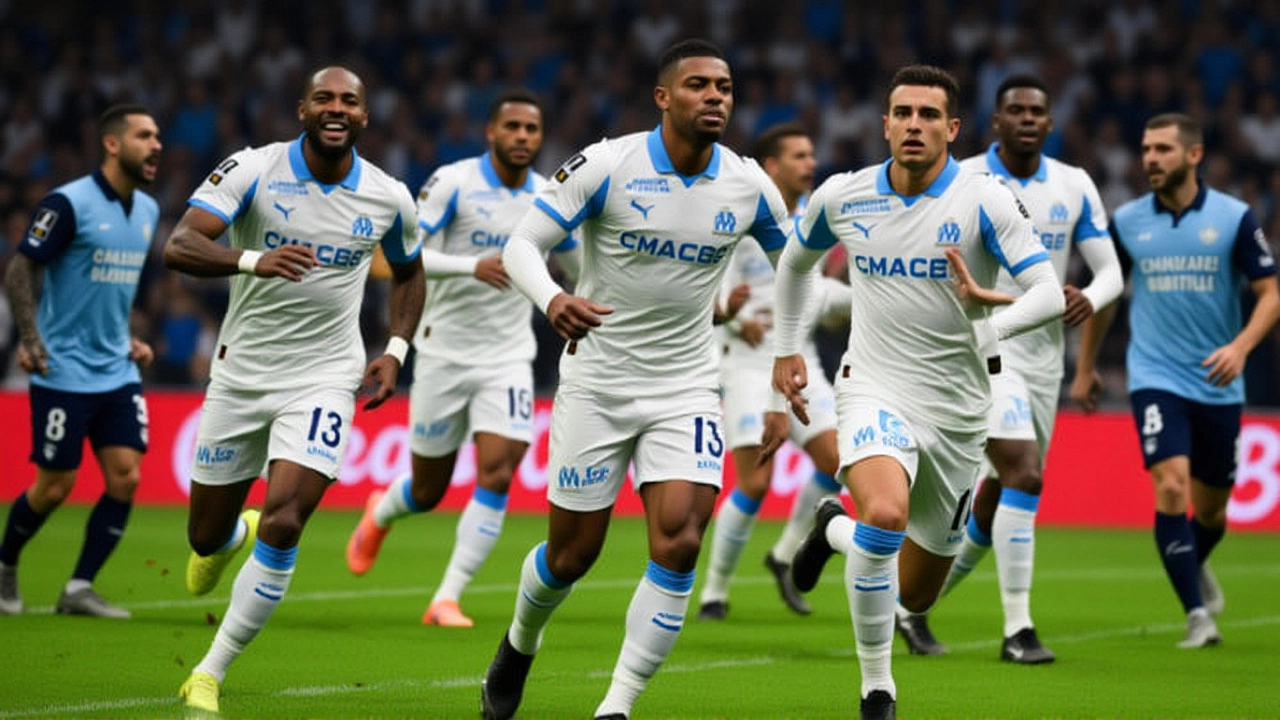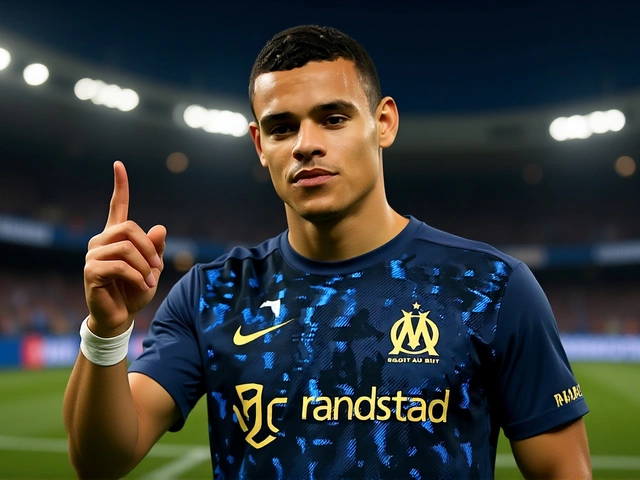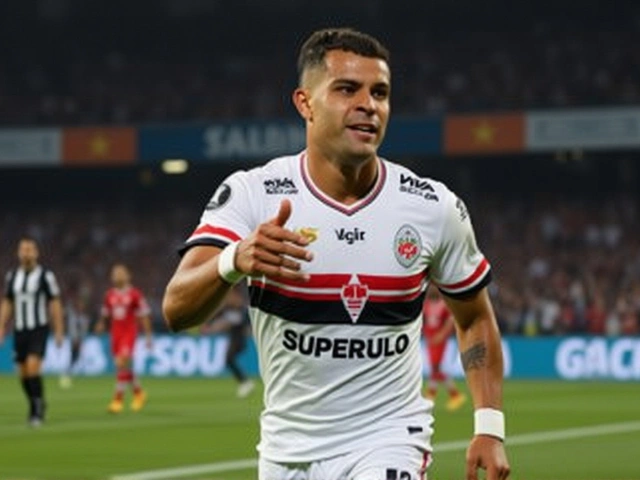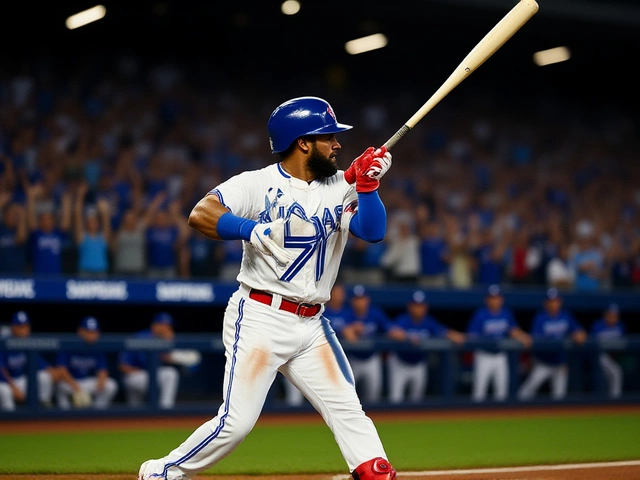When Manchester United let Mason Greenwood walk out the door in January 2024, they didn’t just say goodbye — they built a financial safety net. Now, with Greenwood firing on all cylinders at Olympique de Marseille, and at least five top European clubs circling, Manchester United could be looking at a £25–30 million windfall — half of whatever fee Marseille eventually accepts. It’s not just a bonus. It’s a lifeline.
Why This Matters More Than Just Money
Manchester United’s 50% sell-on clause for Greenwood is extraordinary. Most academies settle for 10–20%. This one? Double the norm. And it’s not because they were desperate to offload him. It’s because they saw something. Something that, even amid controversy, never fully dimmed: raw, explosive talent. Greenwood, 23, has netted eight goals and four assists in Ligue 1 and the Champions League this season — a breakout performance that’s turned heads from Madrid to London. The twist? He’s doing it without the spotlight. No Premier League stage. No Old Trafford pressure. Just pure, unfiltered football.
And now? Clubs are lining up. Tottenham Hotspur, Barcelona, West Ham United, Club Atlético de Madrid, and Aston Villa have all inquired, according to transfer insider Ekrem Konur. Marseille, for their part, aren’t rushing. They’ve called Greenwood "a cornerstone," but they’re not blind to the numbers. A £50 million offer? That’s a club-record profit. And with Manchester United sitting sixth in the Premier League after nine games — 16 points, three wins in a row under manager Ruben Amorim — that cash could reshape their entire January window.
The Numbers Behind the Noise
Let’s be clear: this isn’t speculation. Multiple sources confirm the 50% clause. Fabrizio Romano, the Italian journalist whose word is gospel in transfer circles, broke it first. Then UTDDistrict.co.uk — a trusted Manchester United fan outlet — published internal documents. Even Manchester United’s official Instagram account (@manchesterunitednews) posted a confirmation on October 29, 2025. No ambiguity. No hedging.
Greenwood’s value isn’t just in goals. It’s in potential. He’s 23. He’s English. He’s played in the Champions League. He’s got pace, vision, and a lethal left foot. And crucially — he’s unburdened. No media circus. No fan expectations. Just football. That’s why Barcelona and Atletico Madrid are so interested. They need a forward who can score in tight games. Greenwood fits.
Meanwhile, Manchester United’s new signings — Bryan Mbeumo, Matheus França, Benjamin Šeško, and Senne Lammens — have helped stabilize the squad. But they’re not yet game-changers. Amorim needs one more elite attacker. A £15 million signing? That’s doable. A £20 million midfielder? Maybe. But a £30 million splash? That’s where Greenwood’s clause becomes critical.

A Clause Built on Vision — Not Just Rules
Manchester United’s academy has long been a goldmine. Beckham. Giggs. Scholes. Even now, players like Kobbie Mainoo are emerging. But the 50% sell-on for Greenwood? That’s a new level of foresight. The club didn’t just let him go — they structured his exit like a venture capital investment. They knew he’d either explode or fade. He’s exploding.
Compare this to other clubs. Chelsea sold Jadon Sancho to Dortmund for £8 million — and got a 20% sell-on. When he moved to United for £73 million, they pocketed £14.6 million. United’s clause with Greenwood? If he sells for £50 million? £25 million. That’s more than they spent on Lammens, Šeško, and França combined.
This isn’t luck. It’s strategy. And it’s working.
What Comes Next? January 2026 Is the Deadline
The January 2026 transfer window opens on January 1. Marseille will wait until then to negotiate. Why? Because they know the bidding will intensify. The longer they wait, the higher the price. And with Greenwood’s contract running until 2027, they’re in no rush.
But here’s the pressure point: Manchester United need results. They’re sixth — a far cry from last season’s chaos, but still short of Champions League contention. Amorim needs firepower. A £25 million payout from Greenwood’s sale? That’s enough to land a proven striker — maybe someone like Lautaro Martínez if Inter Milan gets desperate. Or a dynamic winger to play behind the frontman.
It’s not just about replacing Greenwood. It’s about upgrading the entire attack.

Why This Could Reshape United’s Future
Let’s be honest: Manchester United haven’t had a truly transformative transfer window since 2020. This could be the one. That £25 million? It’s not just a windfall. It’s a reset button. It buys time for Amorim. It funds youth development. It signals to fans that the club is serious — not just about spending, but about smart spending.
And for Greenwood? He gets a fresh start. A bigger stage. A chance to prove he’s more than his past. For Marseille? A profit that funds their own rebuild. For United? A quiet, calculated win that might just turn their season around.
Frequently Asked Questions
How much could Manchester United actually earn from Mason Greenwood’s sale?
If Marseille sells Greenwood for £50 million, Manchester United would receive £25 million due to their 50% sell-on clause. While the exact sale price is unknown, industry estimates suggest a range of £40–60 million based on his current form and market demand. That would mean a payout of £20–30 million to United — enough to fund multiple January signings.
Why is the 50% sell-on clause so unusual?
Most clubs negotiate 10–20% sell-on clauses for academy graduates. A 50% clause is exceptionally rare and reflects Manchester United’s confidence in Greenwood’s potential at the time of his 2024 exit. It’s a strategic move — not a punishment — showing the club’s long-term planning and financial acumen in player development.
Which clubs are most likely to sign Mason Greenwood?
Tottenham and Barcelona are the strongest contenders. Tottenham needs a clinical forward after Harry Kane’s departure, while Barcelona seeks a young, English-speaking attacker to fit their rebuild. Atletico Madrid and Aston Villa also have pressing needs and financial flexibility. West Ham’s interest is more speculative, given their current squad depth.
How does this affect Manchester United’s current season?
While Greenwood’s potential sale won’t impact the team directly, the financial boost from a January 2026 transfer could allow manager Ruben Amorim to strengthen key positions — particularly striker and left wing — without overspending. This could be the difference between finishing sixth and challenging for a Champions League spot.
When will we know if a transfer happens?
Negotiations will likely intensify after December 15, 2025, as clubs finalize their winter budgets. A deal could be announced as early as January 2, 2026, with the window closing on January 31. Marseille will wait for multiple offers to maximize value, so the process may drag into mid-January.
Is Mason Greenwood still considered a risky signing?
Off the pitch, his past remains a concern for some clubs. But on it, he’s been flawless since joining Marseille — scoring consistently, adapting to a new league, and showing maturity. Clubs like Atletico and Barcelona prioritize performance over reputation, and his form suggests he’s moved past his earlier issues. The risk is now minimal compared to the reward.







